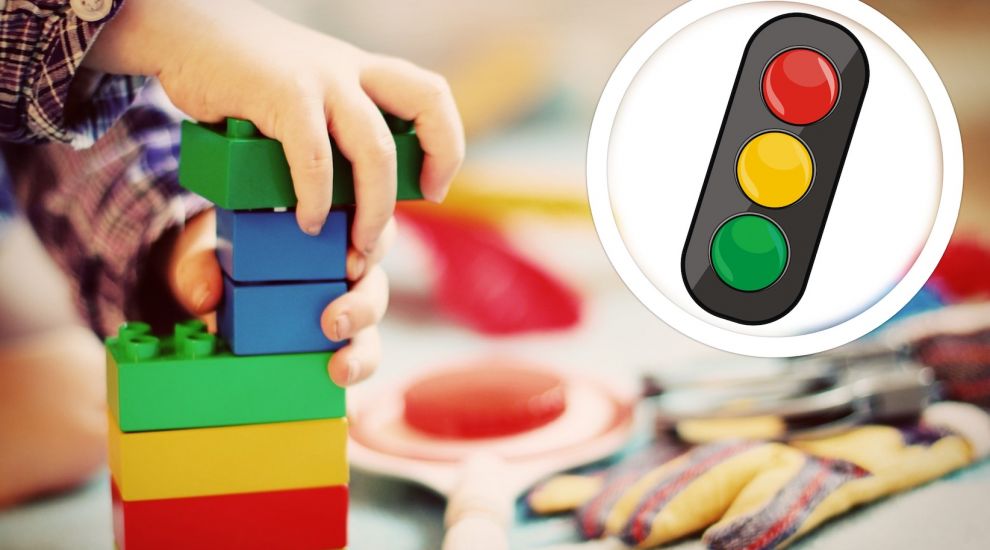


A new tool has been launched to help local practitioners identify and appropriately deal with signs of harmful sexual behaviour in children and young people.
Jersey’s Safeguarding Partnership Board (SPB) has introduced use of the internationally-recognised Brook Traffic Light tool which they hope will stop inappropriate referrals to the Children and Families Hub and the stigmatisation and criminalisation of under-18s.
This introduction is part of the 'prevention and identification' work under the Island's Child Sexual Abuse and Exploitation Strategy (CSAE) 2022-2024.
It also aims to increase the competence and confidence in practitioners to spot the signs and intervene early to prevent harmful behaviours from escalating. With the tool, they can respond appropriately to children and young people's needs, rather than solely focusing on risks.
Jane Lancaster Adlam, chair of the CSAE subgroup, said: "It's vitally important that we have the Brook Traffic Light tool in place to provide a unified approach in supporting all practitioners working with children and young people in their understanding of harmful sexual behaviour.
"This will assist with early identification and ensuring relevant support is in place as soon as possible to both protect and safeguard all our young people."
The tool offers guidance for age-appropriate behaviour and defines sexual behaviours within green, amber and red categories. All green, amber and red behaviours require some form of attention and response, but the level of intervention varies.
Green light sexual behaviours are typical and developmentally appropriate. The official Brook website classifies them as spontaneous, curious, light-hearted, easily diverted, enjoyable, mutual and consensual.
Orange light sexual behaviours cause concern because of persistence, intensity, frequency or duration; the type of activity for the age and stage of development; inequality in age, size, power or developmental ability, and risk to the health and safety of the child or others. According to the Brook site, these should not be ignored and signal the need to monitor and provide targeted support.
Red light sexual behaviours indicate or cause harm because they are excessive, compulsive, coercive, forceful, degrading or threatening; secretive, manipulative or involve bribery or trickery; not appropriate for the age and stage of development, abusive or aggressive. These behaviours signal the need to provide immediate protection and follow up support.
Comments
Comments on this story express the views of the commentator only, not Bailiwick Publishing. We are unable to guarantee the accuracy of any of those comments.